The Air Force’s B-47B Stratojet bomber made Soviet generals sweat
- By 1945
Share This Article
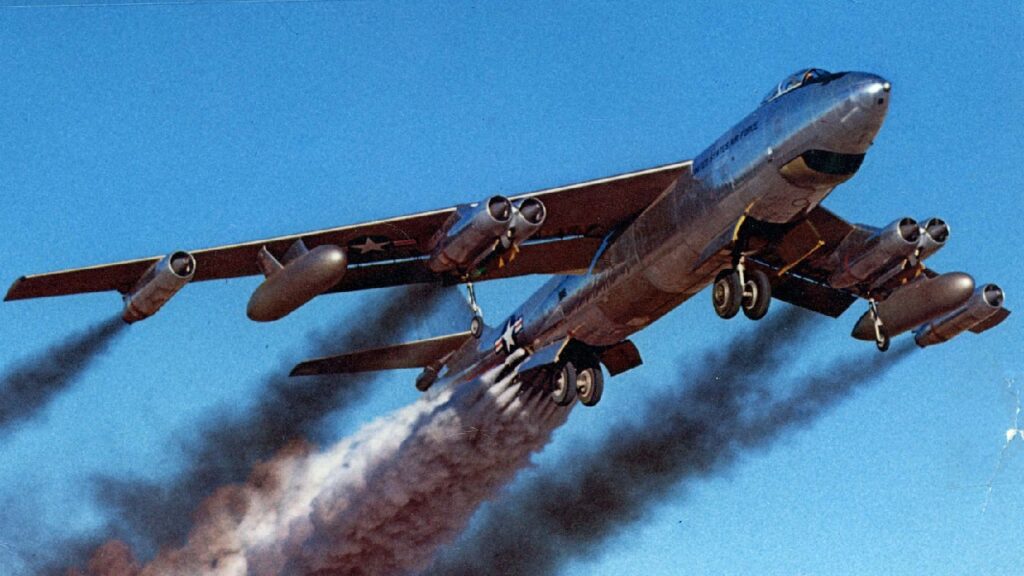
Everything about this airplane screamed that it was a strategic force of nature. Its story began in the early part of the Cold War when the Red Menace was forcing American war planners to run scared.
Nuclear war was possible at any time, and the U.S. Air Force needed an airframe that could deliver the cookies on time and on-target against the Soviet Union.
I’m referring to the massive B-47B Stratojet bomber.
This warbird was a force of nature and had a significant role to play in deterring the Russians from exporting their brand of authoritarian communism around the world.
The B-47B had a series of design firsts
The B-47B Stratojet introduced the swept-wing design that other bombers would mimic for decades. It made its first flight in 1947 after World War Two when strategic conventional bombing of military and civilian targets was so decisive in the Allied victory against Nazi Germany.
By 1951, the Stratojet was entering the Strategic Air Command in great numbers. In 1957, 1,200 B-47Bs were serving the United States.
What is surprising about the massive bomber was that it only carried a crew of three.
There was the pilot and co-pilot, but another airman served several roles as the navigator, bombardier, and radar operator. This person needed to be a jack of all trades on long journeys to bring nuclear weapons to the enemy.
Another unique aspect of the Stratojet was the fly-by-wire feature, which was the first on such a large bomber. Fly-by-wire controls an airplane with electrical wires instead of a system of antiquated cables and other mechanical means. This made it so much more pilot-friendly than earlier bombers.
The B-47B was perfect for long missions into Europe to take on the Warsaw Pact countries at a time when air superiority against the Iron Curtain was not assured.
And oh, what power it had. I am talking about six jet engines.
This was a long way from the four prop-driven powerplants of the B-17. The maximum speed of the B-47B was 630 miles per hour, and it cruised at 560 miles per hour.
The range was a noteworthy 3,500 miles with an operating altitude of 39,300 feet.
The B-47 was almost alarming regarding how far one could push the airplane. There was once a wondrous feat that happened 65 years ago in 1959 that was so hard to believe it has taken on mythical status. The pilot underwent this maneuver in the Mackinaw Straits between Michigan’s upper and lower peninsulas.
Related: The Soviet version of Operation Paperclip was way bigger (but less successful)
You must be kidding

First, a little background. The B-47B had a sister aircraft designed to collect intelligence, surveillance, and reconnaissance data.
This was called the RB-47E Stratojet. An RB-47E pilot named Captain John Stanley Lappo “was said to have flown underneath the Mackinaw Bridge where Lake Michigan and Lake Huron converge,” according to the Aviationist. You read that right. The massive airplane flew under a bridge.
There was only 155 feet from the bridge to the water. The tail of the RB-47E stands 27 feet off the ground. That means there was only a 127-foot margin for air, and this recon bird was going to hit either the bridge or the water.
The regs said that no one was supposed to fly a B-47 or one of its variants that was less than 500 feet. After he flew under the bridge, Lappo was grounded by the higher command of the Eighth Air Force.
Did Lappo fly under the bridge, or was this some kind of tall tale? It was reportedly covered in a local newspaper, but this was way before the Internet, and that article probably only exists on microfiche in some old storeroom.
However, a UPI wire service blurb was uncovered that said Lappo flew under the bridge and received a court martial where he was found guilty and sentenced to a $300 fine. That guilty verdict also ended Lappo’s career with the Air Force. He never flew again.
This action was foolhardy, but it gives you an idea of how good the B-47 airframe was. It could fly like a fighter in an air show while displaying the ability to perform pinpoint maneuvers.
The B-47B was a stalwart during the Cold War. It was evidence that designers and engineers were ahead of their time. This airplane succeeded when the Air Force was in its infancy, and the Americans needed a faithful warbird that could deliver nuclear weapons.
It was the essence of strategy, and it had a few tricks up its sleeve regarding performance. It’s not known what happened to the daring (or stupid, depending on your point of view) pilot who flew under a bridge, but if he was trying on purpose to end his military career, he accomplished that mission.
This article by Brent M. Eastwood was originally published by 19FortyFive.com.
Read more from Sandboxx News
- F-16s carrying the A-10’s 30mm cannon actually saw combat
- Trump’s NASA pick says military will inevitably put troops in space
- How to get through Special Forces selection? Don’t be the ‘Grey Man’
- Why the Eurofighter Typhoon remains a global favorite in modern air combat
- How US Special Forces took on Wagner Group mercenaries in an intense 4-hour battle
Related Posts
Sandboxx News Merch
-

‘Kinetic Diplomacy’ Bumper Sticker (Black)
$8.00 Add to cart -

A-10 ‘Warthog’ Poster
$22.00 – $28.00 Select options This product has multiple variants. The options may be chosen on the product page -
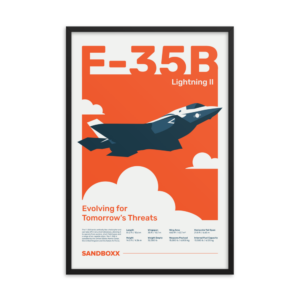
F-35 ‘Evolution’ Framed Poster
$45.00 – $111.00 Select options This product has multiple variants. The options may be chosen on the product page
1945
Related to: Airpower

The CIA used miniature models to meticulously plan high-stakes operations
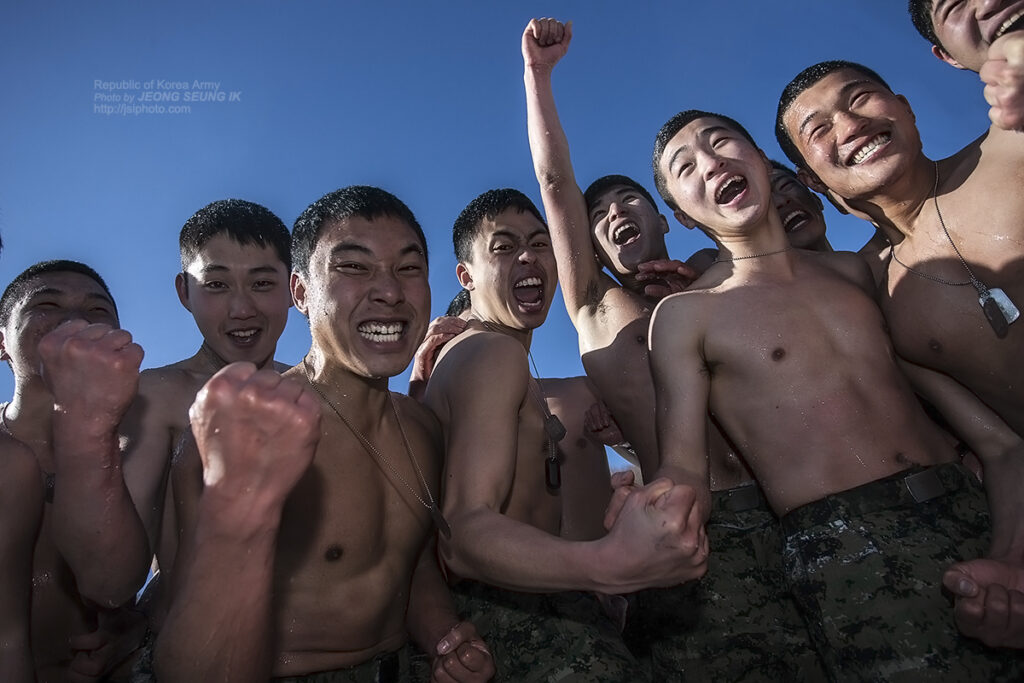
Weird incidents with South Korea’s elite Tuk Su Bu Dae unit
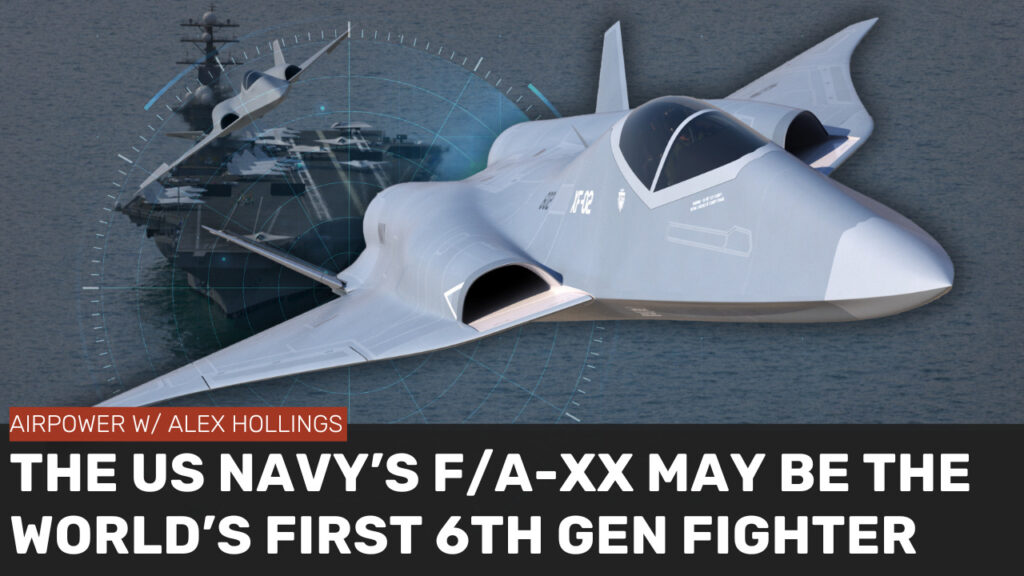
Video: The Navy’s F/A-XX may become the first 6th generation aircraft in the world
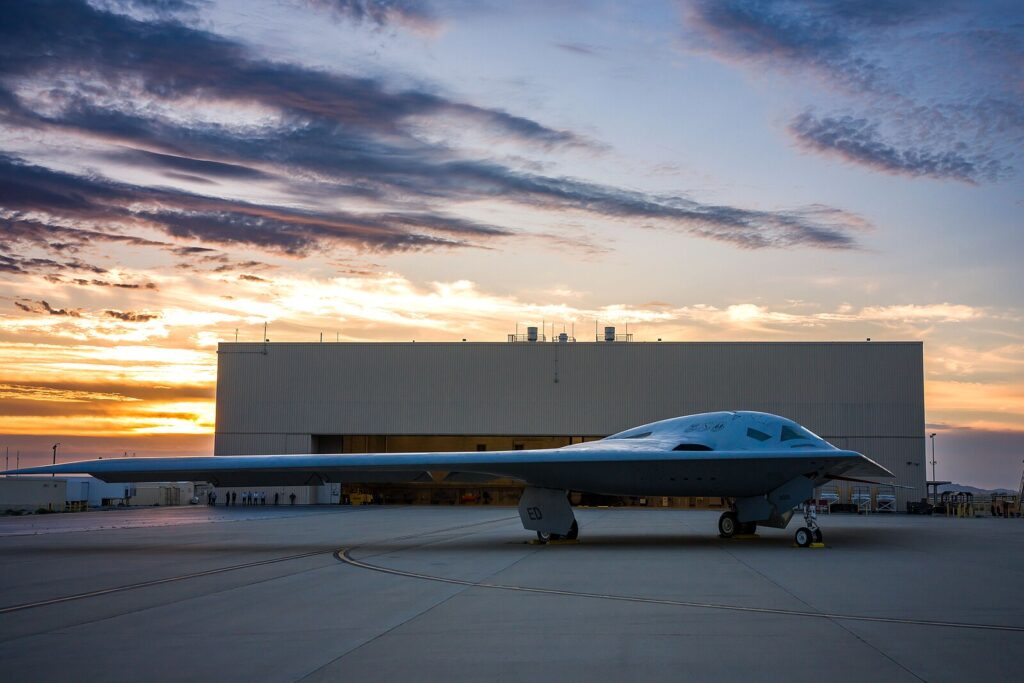
Video: The Air Force is considering the B-21 for air-to-air combat
Sandboxx News
-

‘Sandboxx News’ Trucker Cap
$27.00 Select options This product has multiple variants. The options may be chosen on the product page -

‘AirPower’ Classic Hoodie
$46.00 – $48.00 Select options This product has multiple variants. The options may be chosen on the product page -

‘AirPower’ Golf Rope Hat
$31.00 Select options This product has multiple variants. The options may be chosen on the product page -

‘Sandboxx News’ Dad Hat
$27.00 Select options This product has multiple variants. The options may be chosen on the product page
